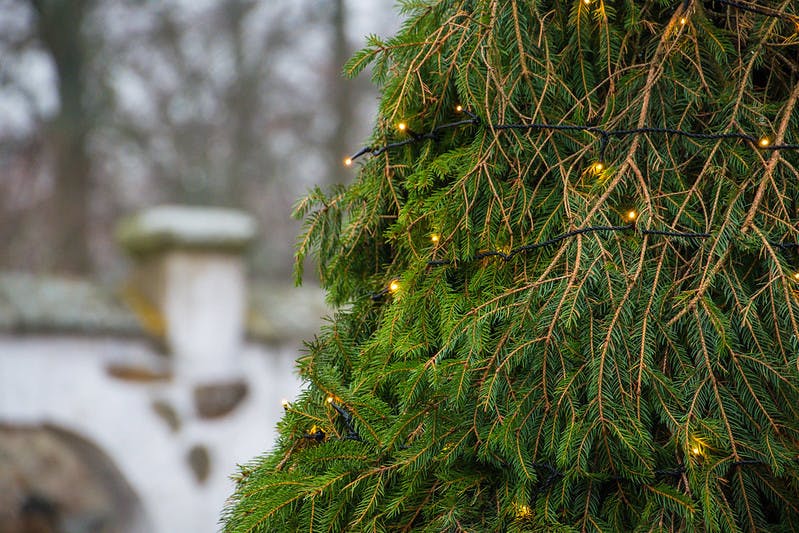Real trees can’t be beaten when it comes to their beauty and environmental impact

Whether you’ve been belting Christmas classics since the leaves turned red or refuse to even think of Santa Claus until the last bite of turkey has been eaten, the holiday season’s inevitability can’t be ignored.
Soon, lights will adorn rooftops, stockings will line fireplace mantles and Christmas trees will take center stage in living rooms across America.
The question remains: Will that tree be real or fake?
If you prefer artificial trees, you’re not alone. Annual fake Christmas tree sales have increased significantly from 9 million in 2004 to a whopping 21 million in 2017, according to the National Christmas Tree Association.
Now, 82% of trees displayed in America will be fake, according to a 2018 survey by the American Christmas Tree Association.
With more realistic and convenient artificial trees being produced every year, it’s not surprising that more people are drawn to them.
But real trees have more to offer than an authentic pine smell and a cathartic family outing. They’re also much better for the environment and, subsequently, your conscience.
How can cutting down a tree every year possibly be good for the environment?
While 30 million Christmas trees are cut down each year in the U.S., they represent only a small fraction of the nearly 350 million grown annually, according to The Nature Conservancy.
By supporting local tree farms, you ensure that they’ll keep planting trees that will absorb carbon dioxide for years to come — unlike fake trees, which contribute to CO2 emissions the second they’re created.
Before an artificial tree even makes it to store shelves, 70% of its greenhouse emissions have been released during the manufacturing process. Combine that with the fact that about 80% of artificial trees are made in China and require additional carbon-emission heavy shipping, according to the U.S. Department of Commerce, and the carbon footprint is astounding.
If you can’t be swayed to swap, then longevity is the key.
Artificial trees’ carbon footprints can be diminished and even completely offset the longer you reuse them, but studies disagree about how long they must be kept.
One study from PE Americas found that artificial trees only needed to be reused for about four years before they offset their environmental footprint.
Yet another study from Ellipsos that took a more holistic approach to its calculations determined an artificial tree would need to be reused for 20 years.
Even when artificial trees are kept for years, they all end up in the same place: the landfill.
Unlike real trees, their fake counterparts are doomed to sit in dumps until they break down thousands of years later.
Instead of agonizing over your Christmas tree outliving you, choose a real tree that can be composted, used to restore dunes or turned into wood chips. It’s as easy as leaving your tree by the curb or donating it to organizations that will repurpose it for you.
‘Tis the season for goodwill, not just toward our family and friends but Mother Nature as well.
What do you think? The Front accepts letters to the editor (max. 250 words) and guest columns (max.400 words) on subjects of interest to our community. Please submit your ideas, along with a phone number and email address, to eic.westernfrontonline@gmail.com.





